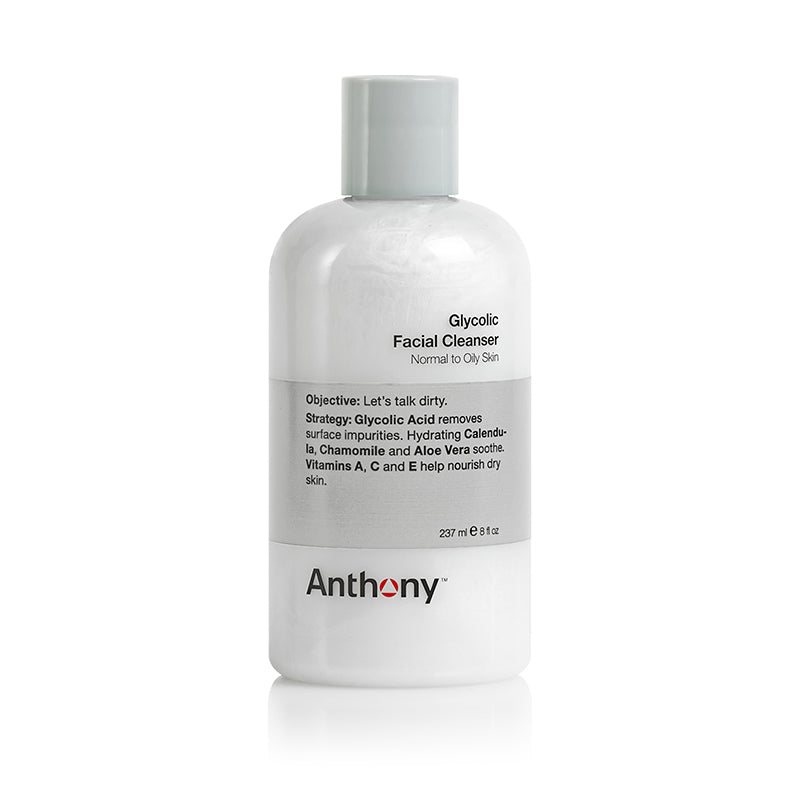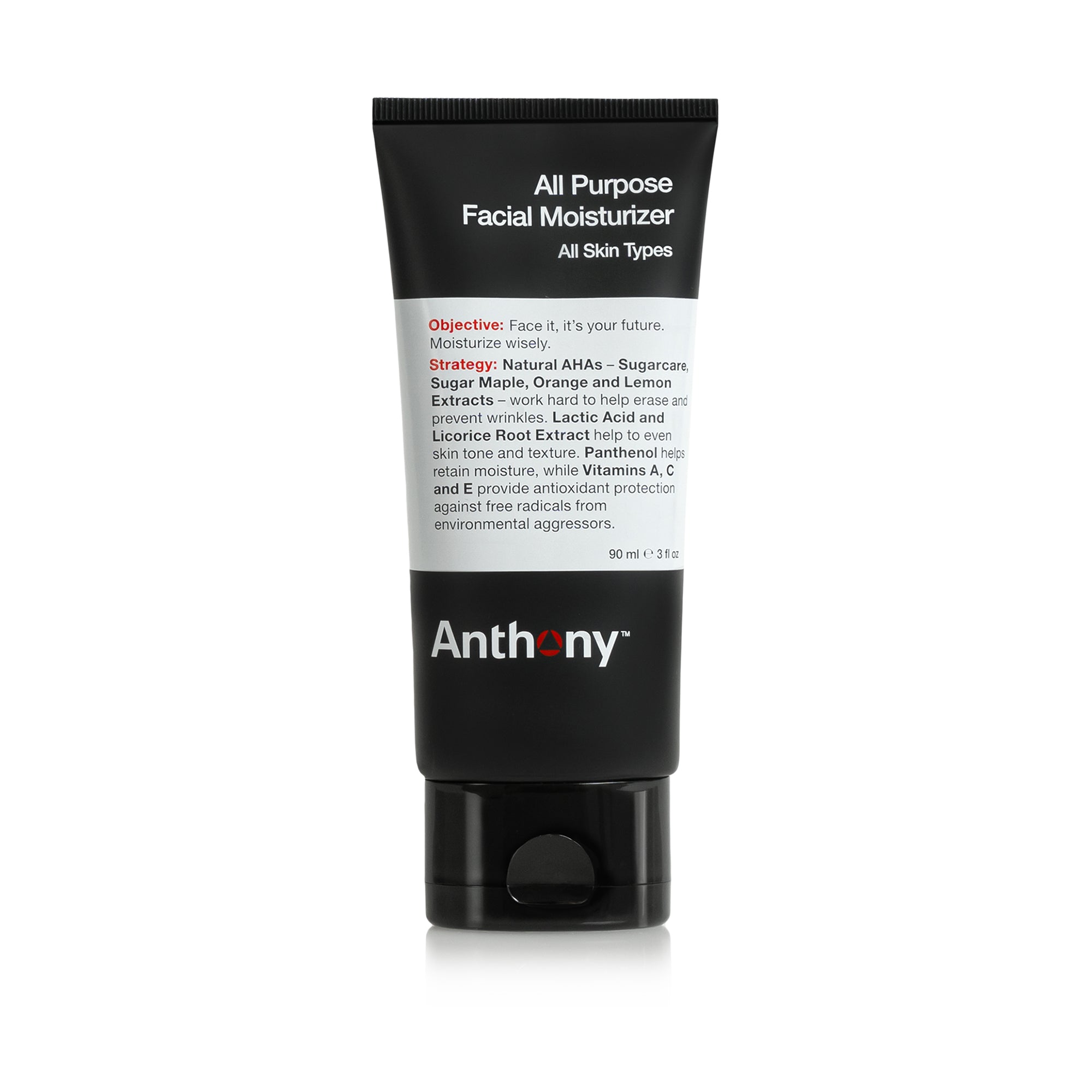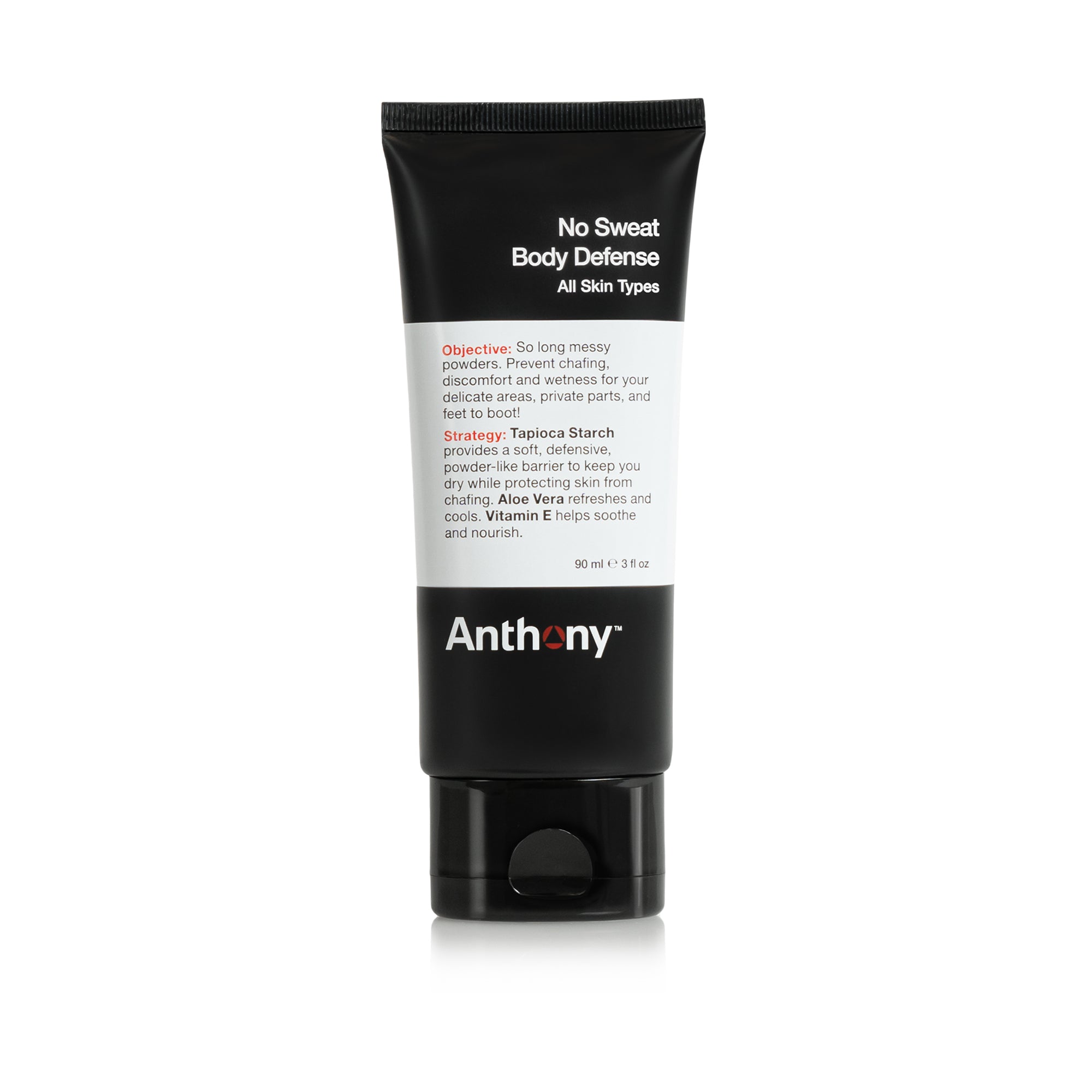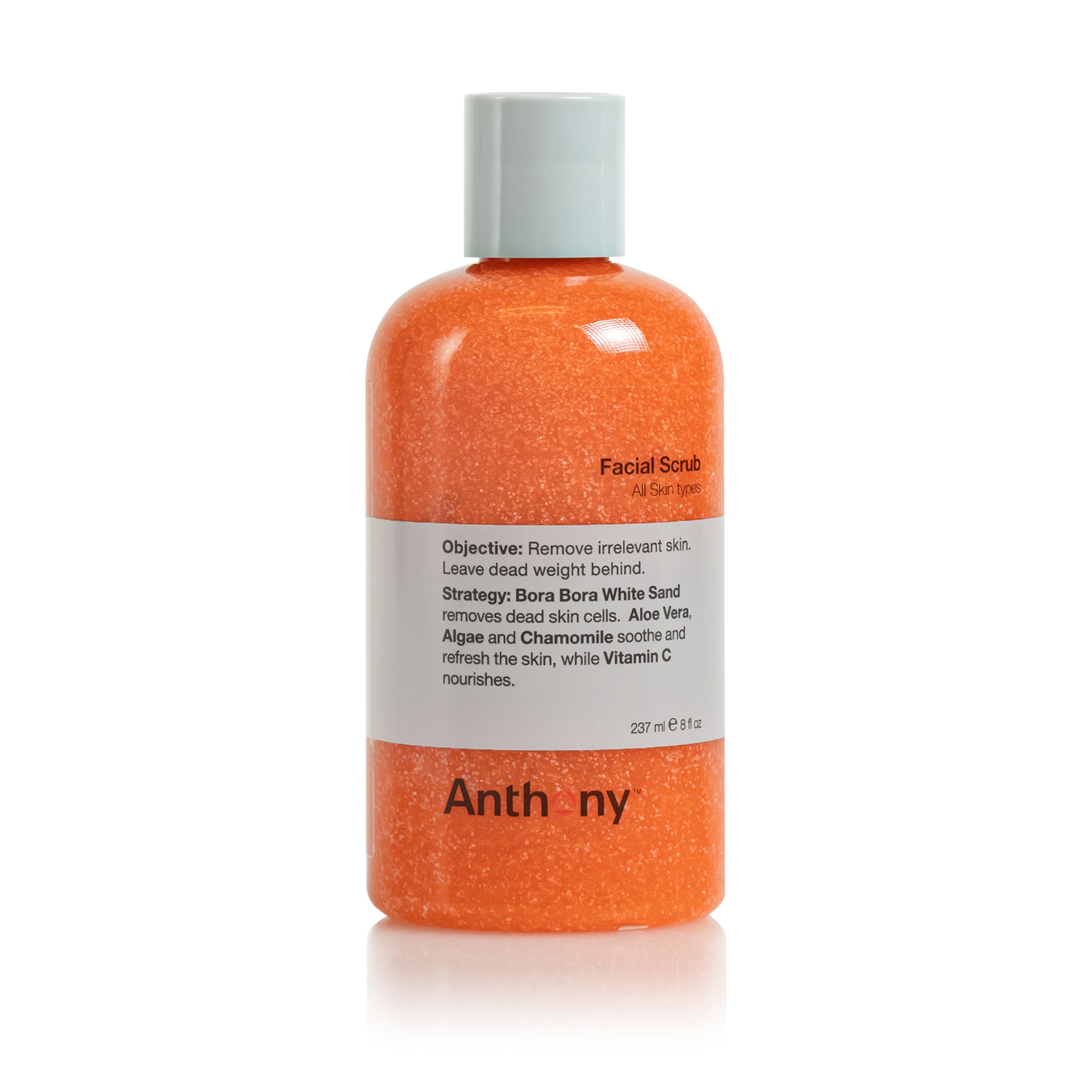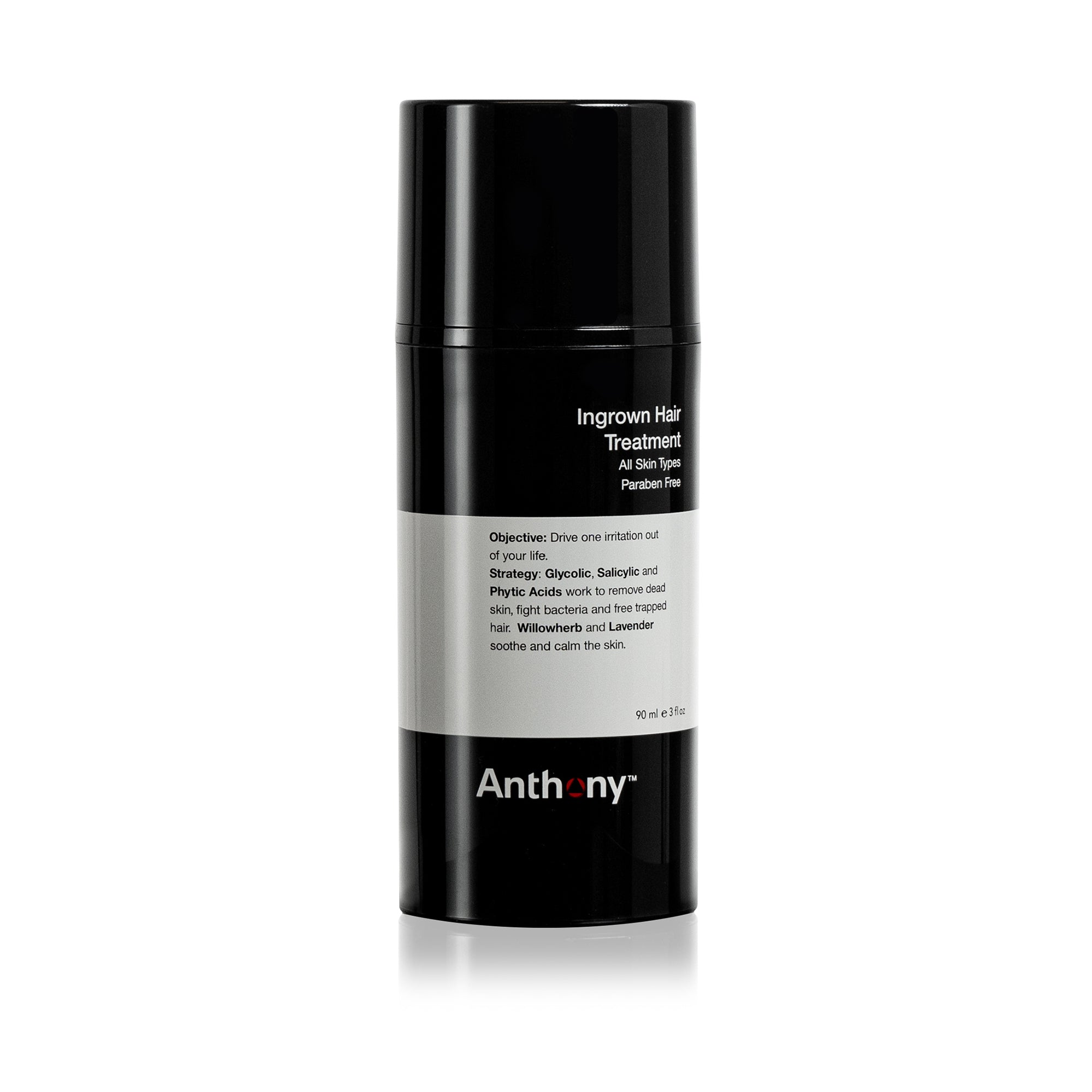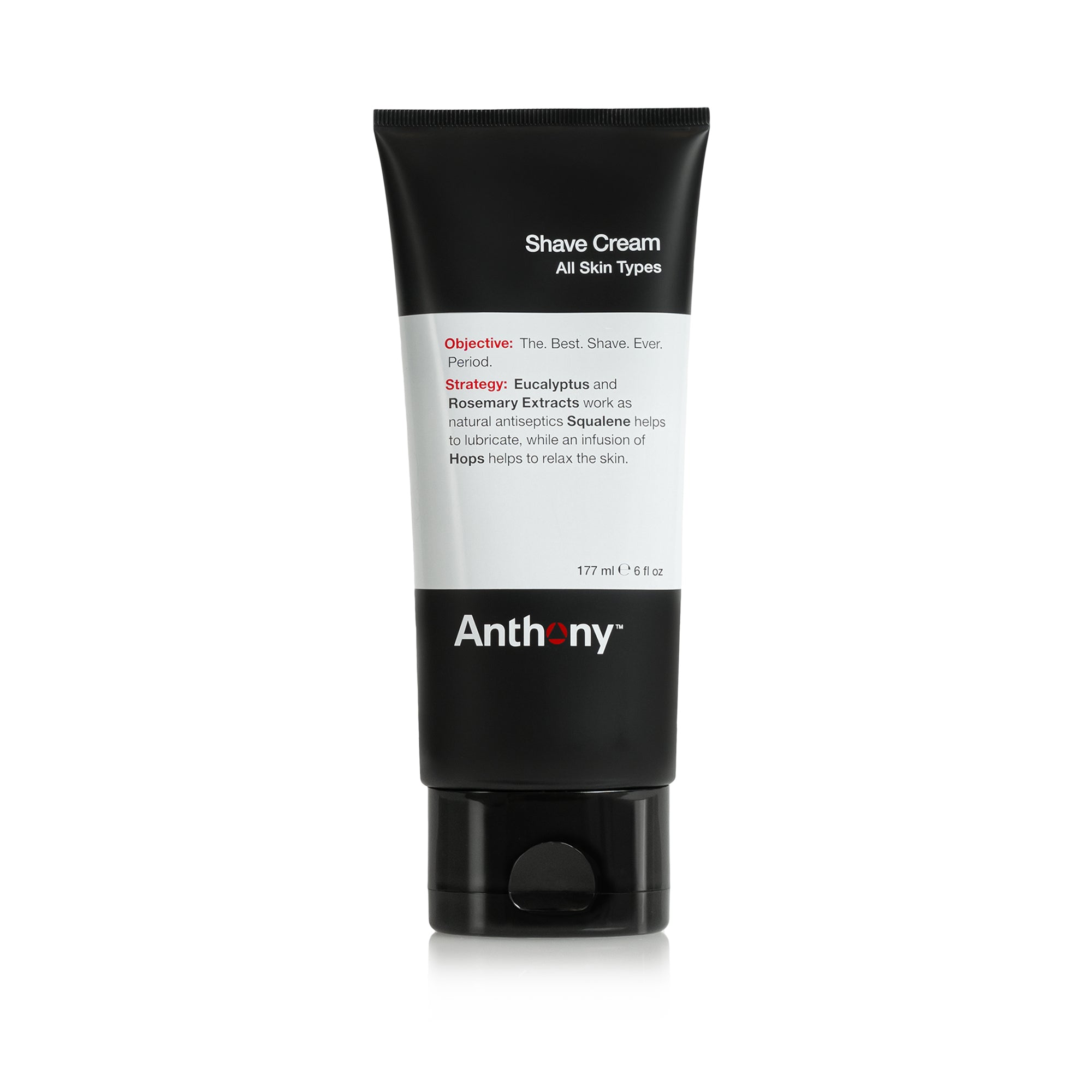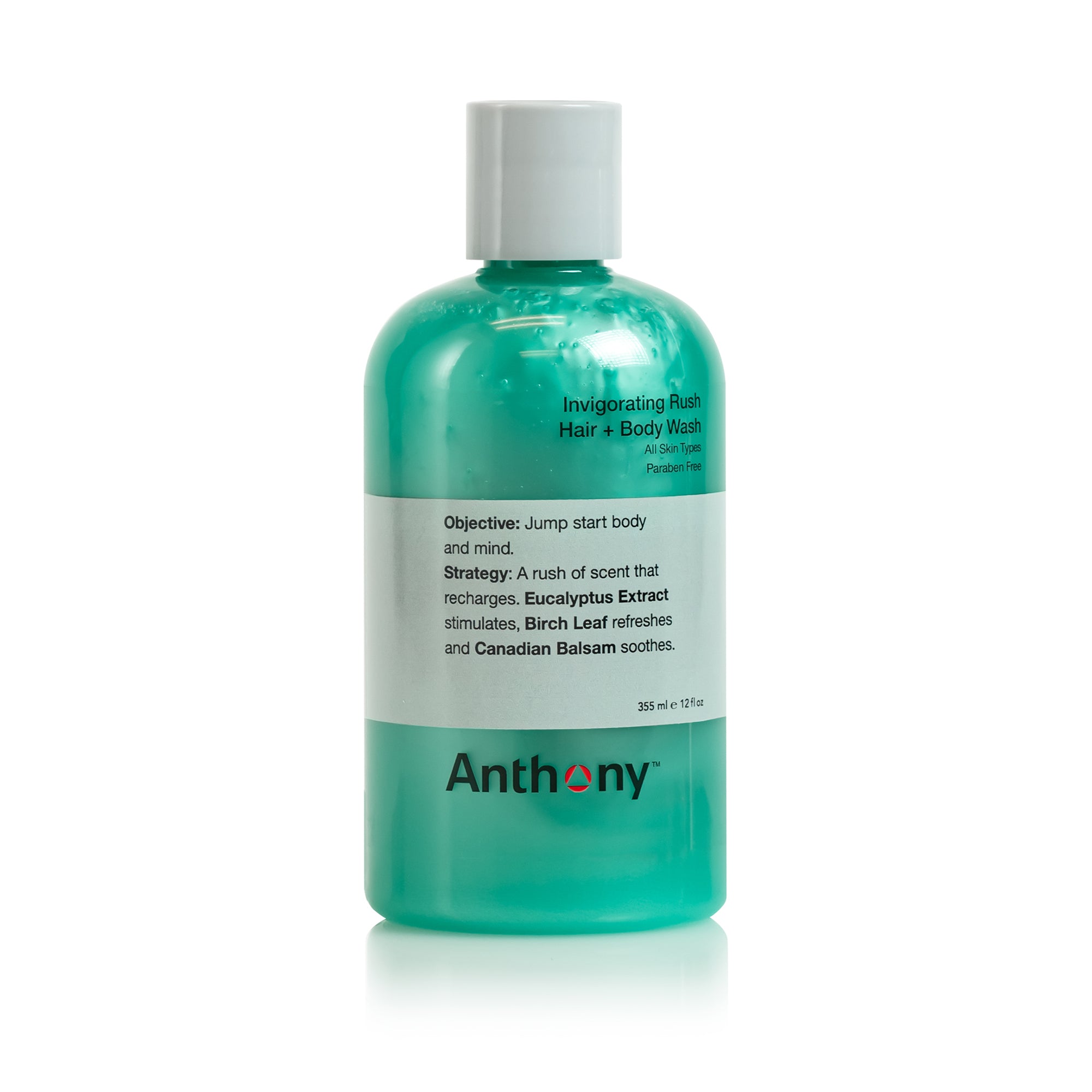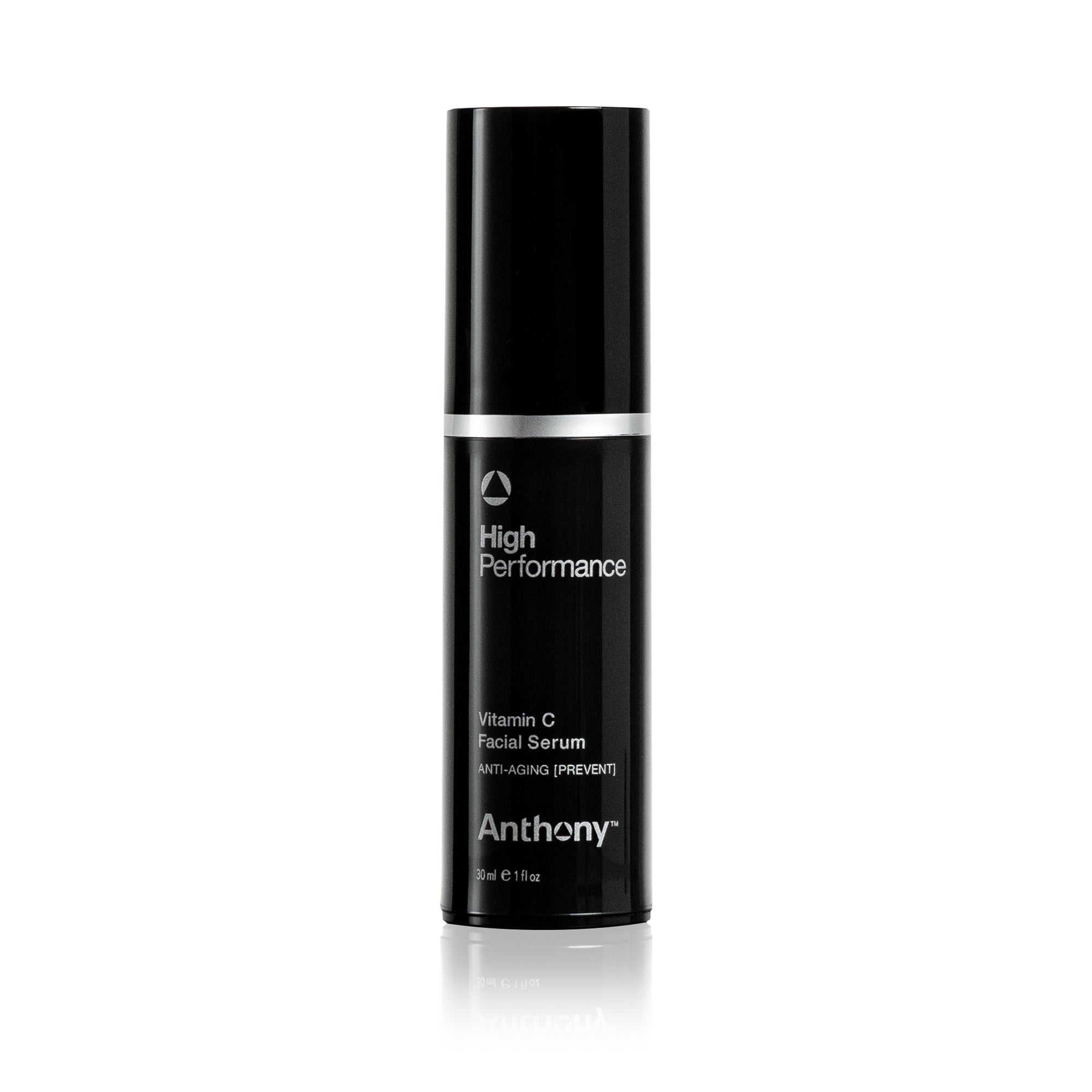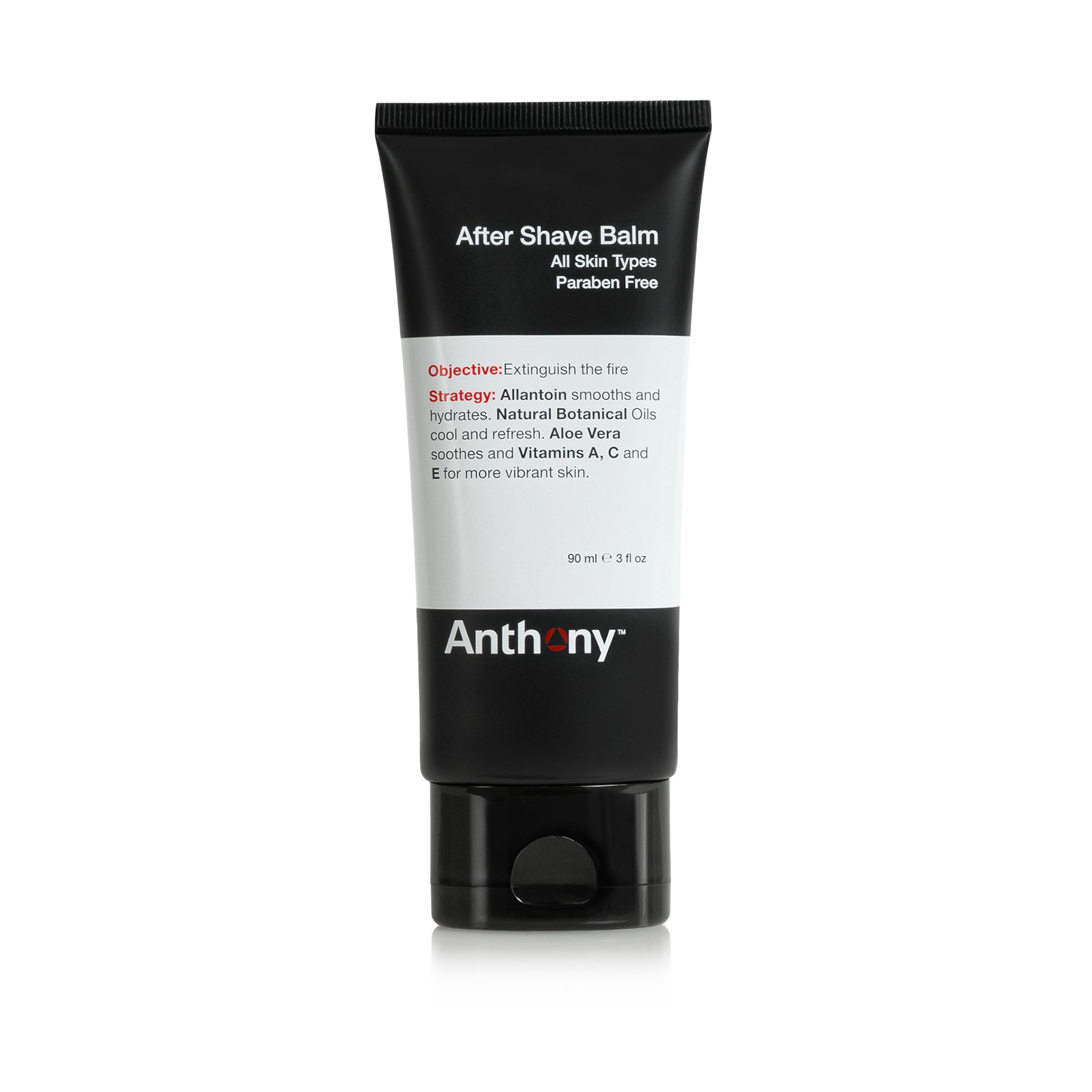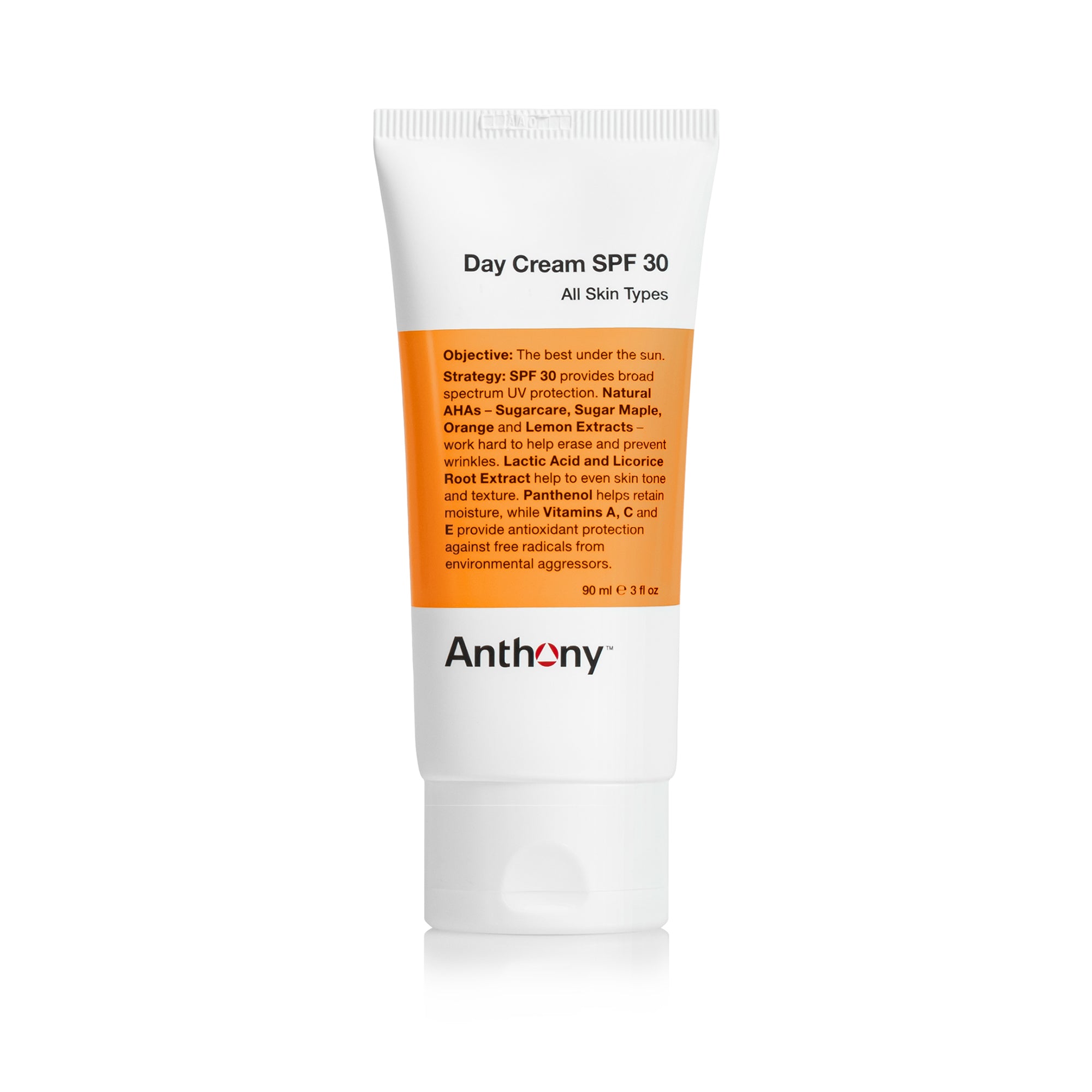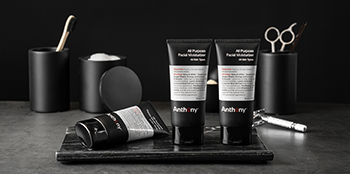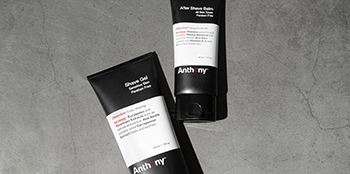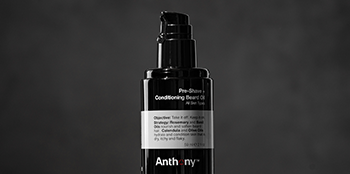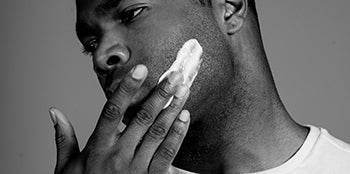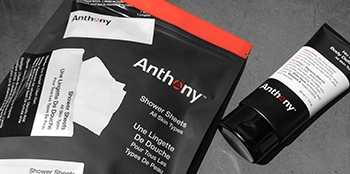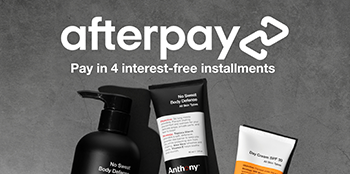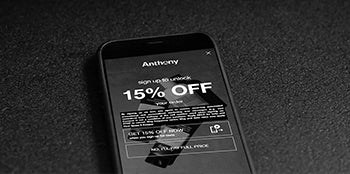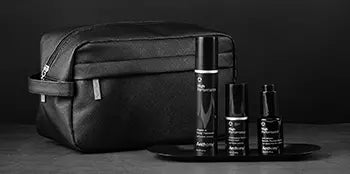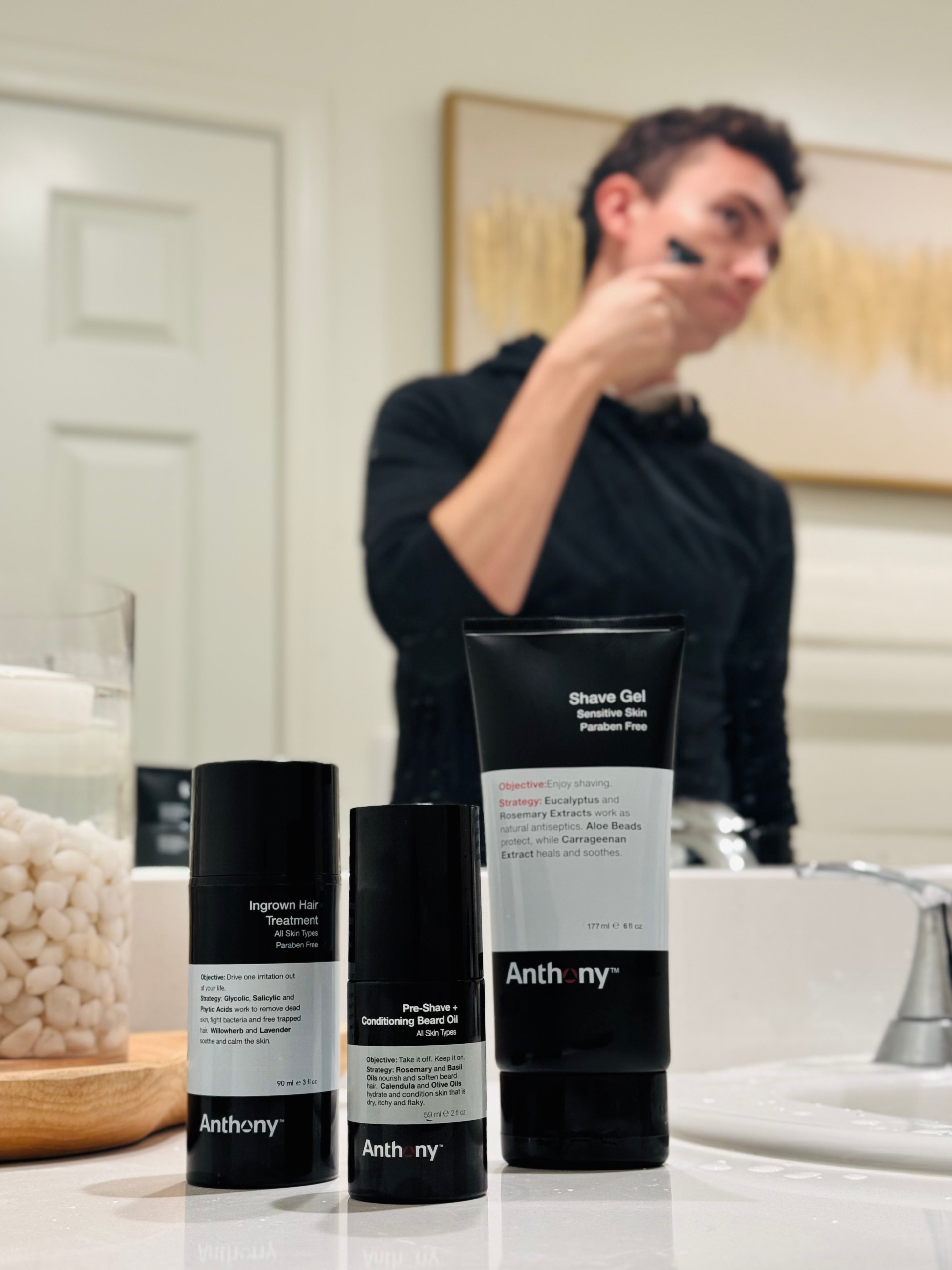
If there’s one thing that can take the satisfaction out of a clean shave, it’s those stubborn little bumps that show up days later. Ingrown hairs are frustrating. They itch. They inflame your skin. And worst of all, they can keep coming back if you don’t change the way you approach shaving.
You might think you’re doing everything right — good razor, fresh blade, even a decent post-shave rinse. But somehow, your skin still rebels. Whether it’s your neck, chest, legs, or even your back, ingrown hairs have a way of popping up in the most inconvenient places.
Fortunately, there’s a better way. Shaving without irritation or those painful red bumps is entirely possible once you understand how ingrown hairs form — and what to do about them.
What Is An Ingrown Hair, Really?
At its core, an ingrown hair is just a hair that couldn’t break the surface of your skin. Instead of growing outward like it’s supposed to, it curls back into the skin and gets trapped. Once that happens, your body treats it like a minor invader, and the area swells with inflammation.
What causes that detour? It could be from shaving too closely. It could be from using a dull blade that tugs instead of slicing clean. It could even come from tight clothes rubbing the area afterward.
The result is always the same: redness, sensitivity, and sometimes a painful bump that’s just as annoying as a pimple, if not worse. Some ingrown hairs even get infected, especially if you’re constantly touching or picking at them. And if you’re not careful, they can leave behind dark spots or permanent scars.
The good news? This is one of those grooming issues that you can control, once you start doing a few key things differently.
Tips to Prevent and Treat Ingrown Hairs
Start with preparation. Too many people rush the process, like if they’re late for work or just don’t feel like going through the motions. But prepping your skin properly makes a world of difference. Warm water helps soften the hair and opens up the pores, making it easier to get a clean shave. Exfoliating beforehand, whether with a scrub or a cleansing bar, removes dead skin that could otherwise block the hair’s path to the surface.
After the shave, don’t skip the aftercare. Splashing cold water on your skin can reduce inflammation. Applying a non-comedogenic moisturizer or soothing balm helps calm irritation and keeps the skin barrier healthy, which is crucial in preventing hairs from getting trapped.
If you’re already dealing with a few angry bumps, resist the urge to squeeze or dig them out. That usually makes things worse. Instead, treat the area with a product containing glycolic acid or salicylic acid, which helps slough off surface cells and gently frees the trapped hair over time.
Remaining vigilant is everything. It might take a few weeks of following a better routine before your skin calms down for good, but once it does, you’ll be glad you stuck with it.
Shaving The Face Without Razor Bumps
For most guys, the face is where the trouble starts. The skin is sensitive, the hair is coarse, and the angles are tricky. When you shave too close, or against the grain, you might get a super smooth finish for the day, but it’s often followed by razor burn or ingrown hairs the next.
The key here is to respect the grain. That means understanding which direction your facial hair grows and following that path when you shave. It may not give you that ultra-glass finish right away, but it greatly reduces the chances of hair curling back into your skin.
You’ll also want to avoid too many passes. The more you go over the same spot, the more irritation you cause, especially on the neck and jawline. If you’re having trouble getting a close shave in one go, the issue might be your razor. Always use a sharp, clean blade. A dull one tugs at the hair, which can pull it below the surface and lead to more bumps.
And don’t forget hydration. Facial skin needs moisture to recover properly. A good after-shave product should soothe without stinging, and ideally, offer antibacterial protection in case of micro-nicks.
Dealing With Ingrown Hairs On The Neck And Jawline
Some of the most persistent ingrown hairs show up right under the jaw or on the lower neck. This happens because the hair in these areas tends to curl more, especially for men with textured or wavy hair. It’s also where razors often hit at a strange angle, making it easier for the blade to catch and twist hairs in the wrong direction.
You may find that switching from a multi-blade razor to a single-blade safety razor helps. Multi-blades often cut the hair below the surface of the skin, which makes it more likely to get trapped as it grows back. With a single blade, you’re less likely to over-shave or tug at the follicle.
Post-shave, use a product that contains a mild exfoliant. This will help keep the skin surface smooth and prevent hair from getting caught beneath it. Be patient. It can take a week or more for the inflammation to go down if you’ve had a bad reaction.
If you need to shave every day, consider spacing it out every other day while your skin recovers. Giving your face a break can make a big difference.
Shaving The Chest, Back, And Legs Without Getting Ingrown Hairs
Shaving your chest, back, or legs might not be a daily ritual like your face, but that doesn’t mean the skin is any less reactive. The chest tends to get irritated easily, especially when guys shave too fast, use too much pressure, or go against the grain. Your back adds another layer of difficulty since the hair often grows in several directions and can be tough to reach.
If you do tackle these areas yourself, take it slow. Warm, damp skin helps, and so does a quality shaving cream. Afterward, make sure to wear clean, breathable clothing — sweaty, tight fabrics are a recipe for clogged pores and irritation. Exfoliating in between shaves can also help keep breakouts and ingrown hairs to a minimum.
As for the legs, men who shave them for sports or personal comfort often run into similar issues. The hair is typically thick, and shaving without proper prep can lead to bumps fast. Soaking in warm water softens the hair, and using a gentle shaving cream can help the razor glide smoothly.
Let the blade do the work. There’s no need to press hard. Afterward, moisturizing is essential, even if your skin doesn’t feel dry. And if you’re planning to work out, give your legs a little time to breathe before throwing on your gear.
The Best Ingrown Hair Solutions From Anthony
Shaving doesn’t have to be a guessing game, and it certainly shouldn’t leave you dealing with red bumps and inflammation for days afterward. If you’re ready to upgrade your routine, Anthony’s Shave Collection has everything you need to make ingrown hairs a thing of the past.
Start with our Pre-Shave + Conditioning Beard Oil, which softens hair and helps the blade glide without friction. Pair it with our Shave Cream, a rich, whipped formula that cushions the skin and keeps irritation at bay.
After shaving, treat your skin with our After Shave Balm. It’s alcohol-free, so it won’t sting, and it’s packed with natural calming ingredients like allantoin and rosemary. If you’re already seeing bumps or want to go the extra mile to prevent ingrown hairs before they start, try our Ingrown Hair Treatment with glycolic, salicylic, and phytic acids to gently exfoliate and smooth the skin.
Want to learn even more about how to shave without getting ingrown hairs? If so, be sure to check out the great products and solutions available at Anthony today!

